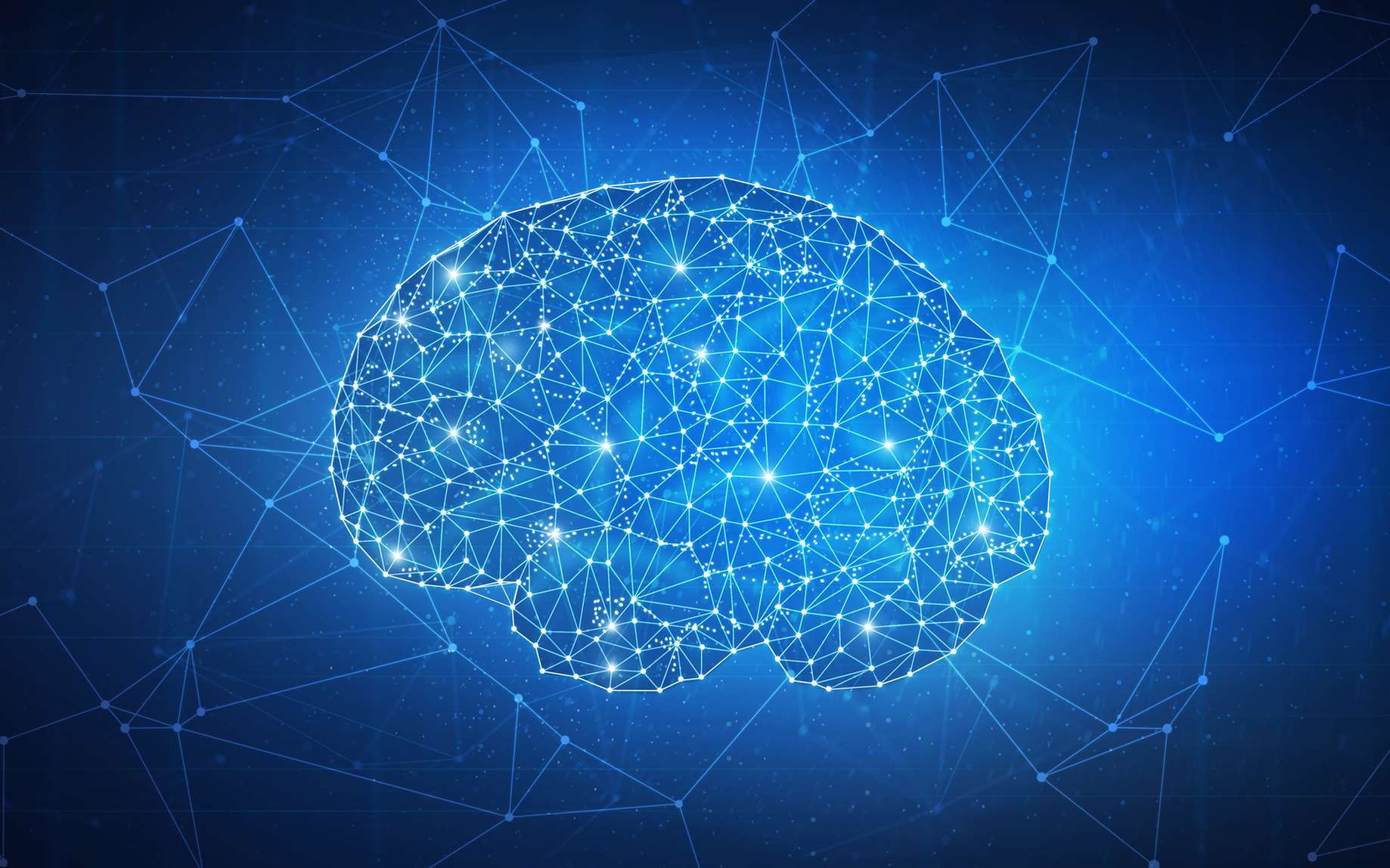
Understanding Deep Learning: A Journey into the Future of AI
- Akkupalli Deepak yadav
- Article , Python , Deep learning
- 20 Sep, 2024
Deep learning, a subset of machine learning, has revolutionized the field of artificial intelligence (AI) by enabling machines to learn from vast amounts of data and perform complex tasks with remarkable accuracy. This blog will delve into the fundamentals of deep learning, its applications, and why it’s a crucial skill to master in today’s tech-driven world.
What is Deep Learning?
Deep learning mimics the human brain’s neural networks to process data and create patterns for decision-making. Unlike traditional machine learning algorithms, which require manual feature extraction, deep learning models automatically discover the representations needed for classification or detection. This is achieved through multiple layers of neurons, hence the term “deep” learning.
Key Components of Deep Learning
-
Neural Networks: The backbone of deep learning, neural networks consist of layers of interconnected nodes (neurons). Each connection has a weight that adjusts as learning proceeds, allowing the network to make accurate predictions.
-
Activation Functions: These functions determine whether a neuron should be activated or not, introducing non-linearity into the model. Common activation functions include ReLU (Rectified Linear Unit), sigmoid, and tanh.
-
Backpropagation: This algorithm is used to minimize the error by adjusting the weights of the connections. It involves calculating the gradient of the loss function and propagating it back through the network.
-
Optimization Algorithms: Techniques like Stochastic Gradient Descent (SGD) and Adam are used to update the weights efficiently and converge to the optimal solution.
Applications of Deep Learning
Deep learning has a wide range of applications across various industries:
- Computer Vision: From facial recognition to autonomous vehicles, deep learning models excel at interpreting and understanding visual data.
- Natural Language Processing (NLP): Deep learning powers applications like language translation, sentiment analysis, and chatbots.
- Healthcare: It aids in diagnosing diseases, predicting patient outcomes, and personalizing treatment plans.
- Finance: Used for fraud detection, algorithmic trading, and risk management.
- Entertainment: Powers recommendation systems for platforms like Netflix and Spotify.
Why Learn Deep Learning?
- High Demand: The demand for deep learning experts is soaring, with industries investing heavily in AI technologies.
- Lucrative Salaries: Deep learning roles are among the highest-paid in the tech industry, reflecting the advanced skill set required.
- Innovative Potential: Mastering deep learning opens doors to working on cutting-edge projects that can transform industries and improve lives.
Getting Started with Deep Learning
To embark on your deep learning journey, consider the following steps:
- Learn the Basics: Start with foundational courses in machine learning and AI.
- Hands-On Practice: Work on projects and use platforms like TensorFlow and PyTorch to build and train your models.
- Stay Updated: Follow blogs, research papers, and online communities to keep up with the latest advancements.
Deep learning is not just a technological advancement; it’s a paradigm shift that is reshaping our world. By understanding and harnessing its power, you can be at the forefront of this exciting field.
(1) Blog - DeepLearning.AI. https://www.deeplearning.ai/blog/. (2) How to Learn Deep Learning in 2024: A Complete Guide. https://www.datacamp.com/blog/how-to-learn-deep-learning. (3) Deep Learning Articles - DataCamp. https://www.datacamp.com/blog/category/deep-learning. (4) Deep Learning Blog & Use Cases - Deep Instinct. https://www.deepinstinct.com/blog


